
views
While nearly anyone with a few woodworking tools can produce a tone drum, it takes construction experience and a good ear to produce a drum with tones that are tuned in a scale. Therefore, it is suggested that you make a two tone drum to begin with and experiment with the length of the tongues on it before advancing to more tones/tongues.
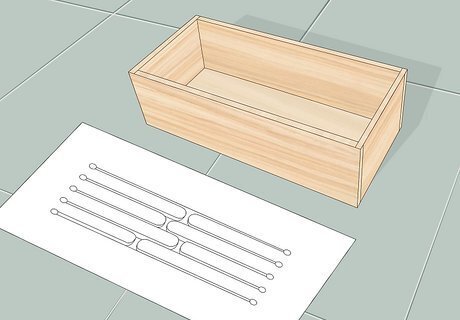
Determine the size of your completed drum and the number of tones you wish to produce.
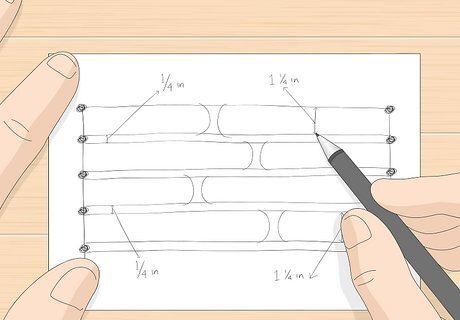
Calculate an inch and a quarter wide section of lid for each tone. (1 inch tongue, with a quarter inch spacing on either side for cutting and sanding) A two tone drum could be as narrow as 3 inches (7.6 cm) if you placed the tongues end to end with their striking ends in the center.
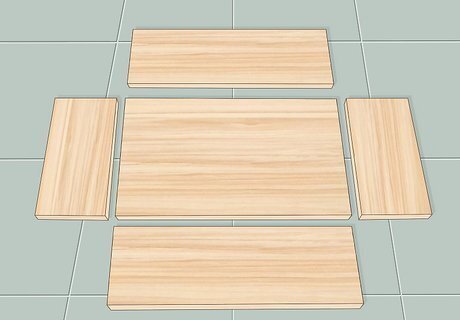
Construct a solid wood box from straight grained hardwood. The sides and bottom should be a minimum of half an inch thick, with larger boxes having thicker walls.
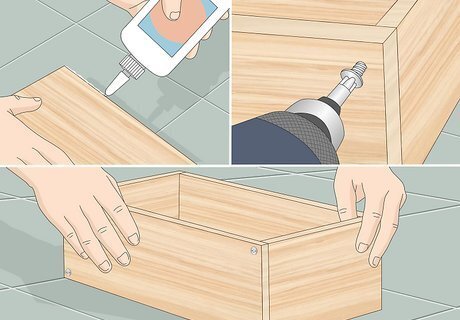
Carefully glue, screw, and corner block all edges to form a box that is solid and airtight.
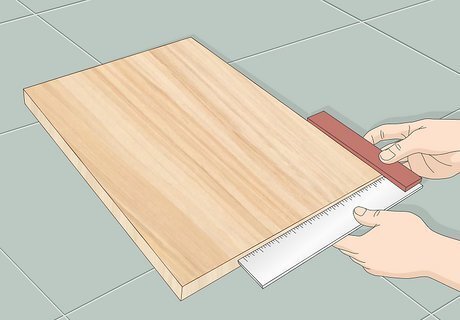
Construct the top (your striking surface) from a single plank of straight grained hardwood.
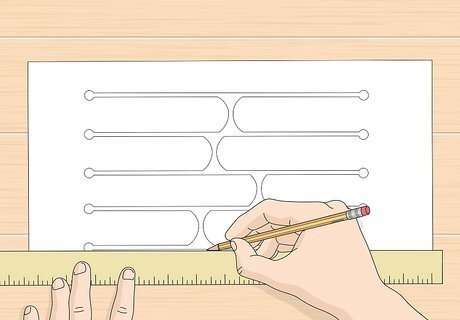
Draw your proposed tongue pattern on paper first.
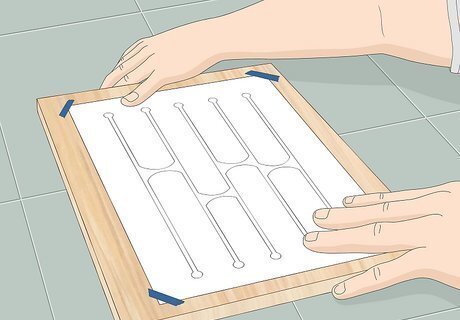
Transfer the pattern onto the wood.

Using a Drill press, drill out the ends of each cut line.
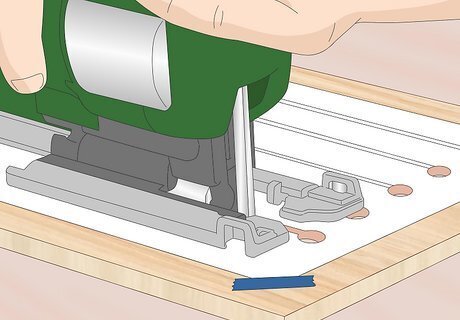
Use a saber saw or skill saw to cut the lines for your tongues.
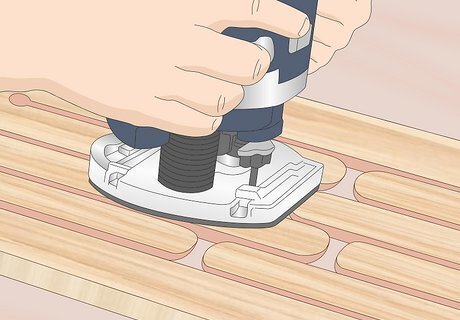
Router the lines with a quarter round bit to smooth the edges.
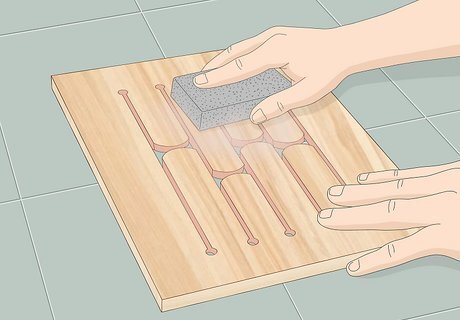
Sand everything smooth.

Place the striking lid atop the box and test the tones produced.

Adjust the length(s) of your striking tongue(s) to tune your drum. You cannot make them longer but you could sand them shorter to make the produced tone higher.

















Comments
0 comment